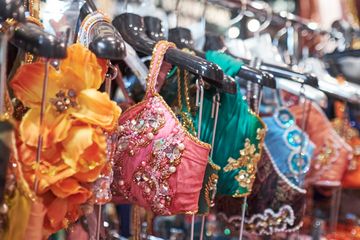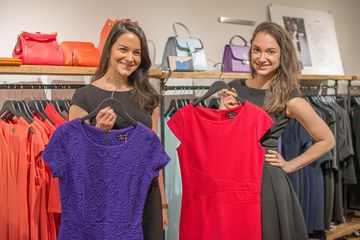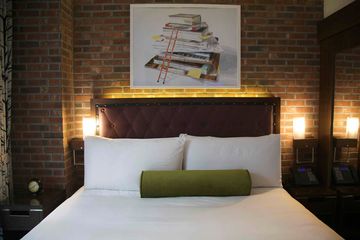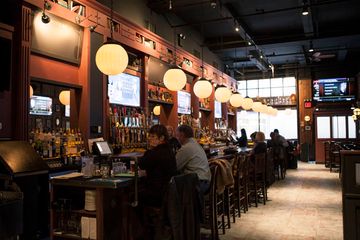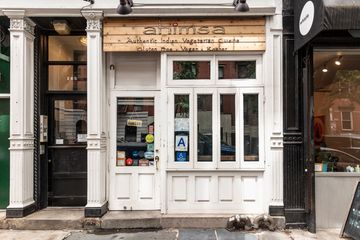Before discussing anything about Arno with the Manhattan Sideways team in the summer of 2017, the manager, Carlos Pereira, spoke like a true local. He lamented the state of New York’s transportation infrastructure, insurance, taxes, and cleanliness, only to then reveal that he commutes each day from his home in New Jersey. After receiving our education on the state of 38th Street, we learned a bit about this extraordinary man's career. Born in Portugal, where he was a bartender at age sixteen, he traveled to New York in 1989. He scored a position at the legendary Le Cirque (in its original location) - ”I received the best culinary education in America by owner Sirio Maccioni" - before becoming the manager of Arno in 2007. Carlos had plenty to share with us about Arno, which he did over meticulously prepared dishes, including a rare treat of risotto with shaved truffles. It was like a bowl of diamonds being set down before us. As we savored every single bite, Carlos gave us a lesson on the world of black and white truffles. The story of Arno traces back to Florence, near the Arno River from which the restaurant draws its name. There, the two founders met and discovered a mutual ambition. Managing partners Milan Licul and Branko Turcinovic emigrated to the U. S. as waiters, but soon opened a restaurant called Morano in 1984. Morano was later renamed Delmonico’s Kitchen, and was followed only a year later by Arno. While Delmonico’s Kitchen specializes in meats and steaks, Arno is known for its old-school, classic Italian cuisine. There were many challenges in the years between 1984 and the present that could not be shrugged off by restaurants in the Garment District. Carlos related that this particular swath of New York has seen countless restaurants come and go, and yet the owners held fast to Arno. Even in the 1980s, when the area was bad enough that Arno often had to close by 7pm, the restaurant remained "a true testament to who they were, " Carlos proudly stated. The staff wear the neighborhood as a badge of honor, subtly adorning the restaurant with buttons and thread inset into tables, a wall of colorful fabrics, fashion photos - "This is what keeps us sexy, " according to Carlos - and various other garment motifs. So how has Arno endured the trials of time? Carlos believes it is “because we treat clients like family. ” This approach certainly cultivates a comfortable atmosphere, as Carlos claimed that ninety percent of their dedicated clientele are regular customers. In addition to the lengthy list of fashion designers and celebrities that Carlos recited, he told us that many come into the city for Knicks games and other events at Madison Square Garden, and stop by Arno for a familiar meal of traditional homemade pastas, eggplant rollatini, grilled zucchini, tomato, mozzarella and peppers, veal parmigiana, numerous seafood options, and, of course, the Delmonico classic steak. Carlos even shared that they have over 150 "house accounts, " a rarity in the present day. What struck a particular chord with me was the dessert cart that strolls through the restaurant at every meal, as I have fond memories of this practice from when I dined out as a child. It is filled with some of the best classic desserts prepared by their French pastry chef and, like the restaurant itself, is animated by the spirit of the old country, but seasoned with the flavor of New York.

